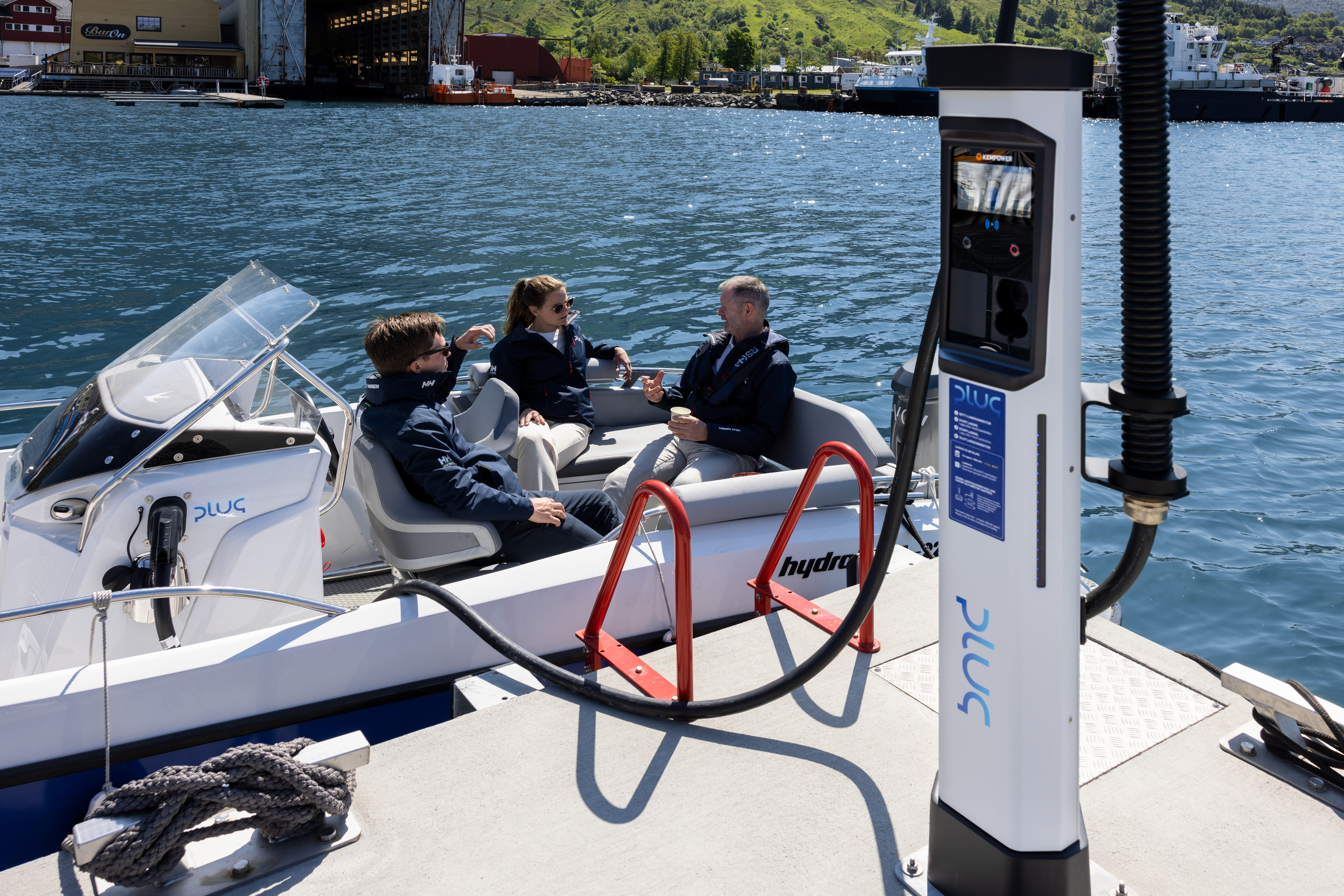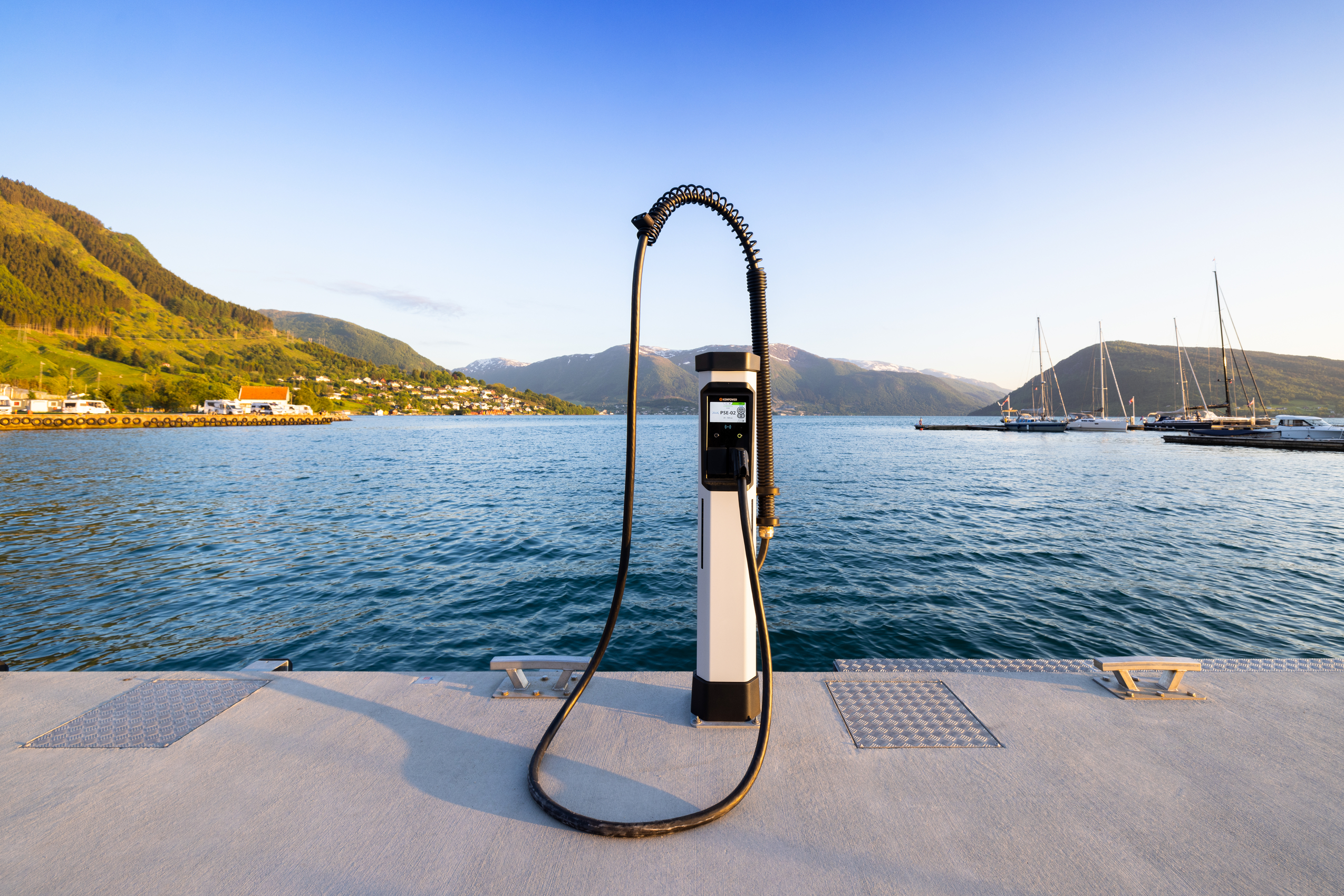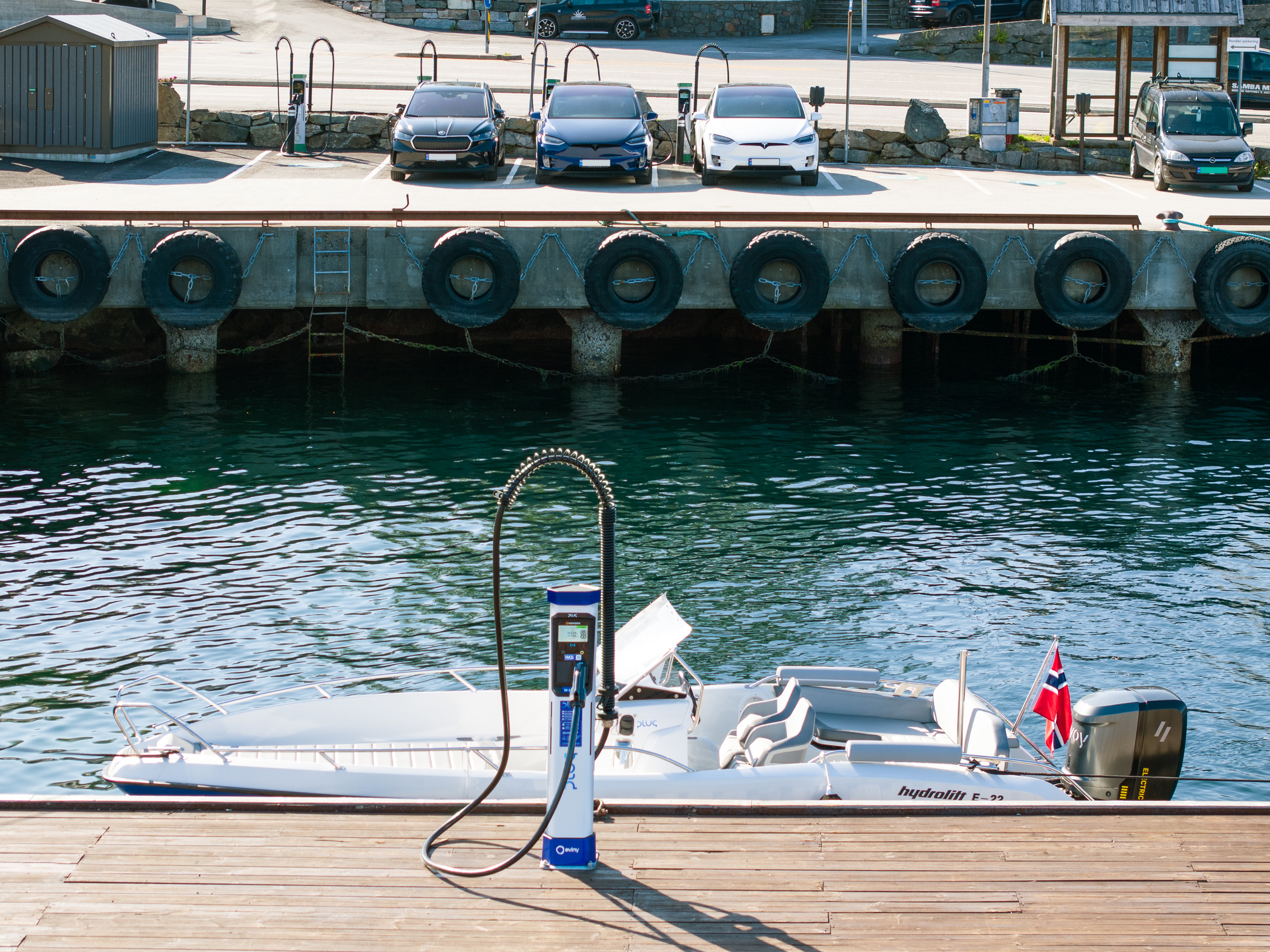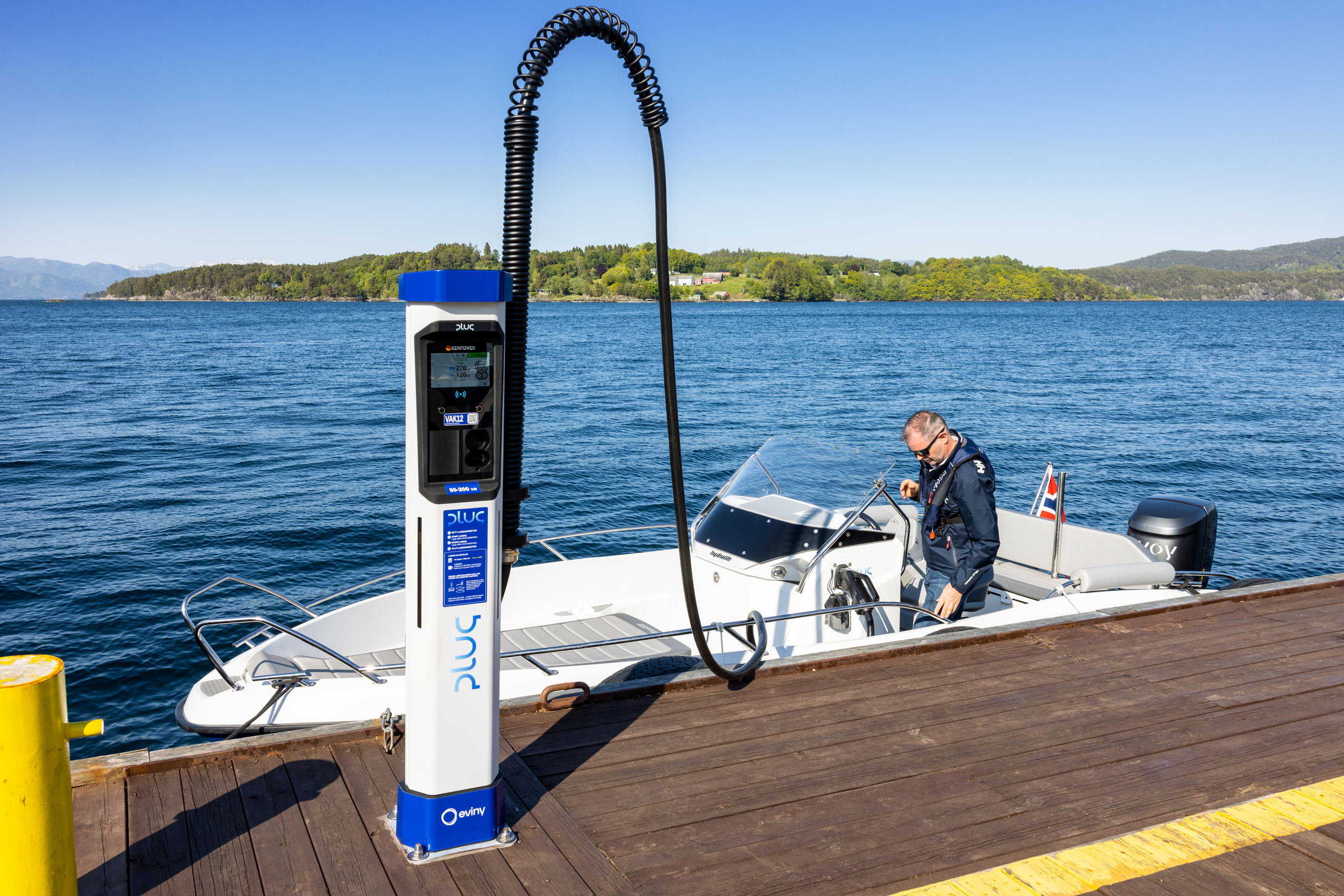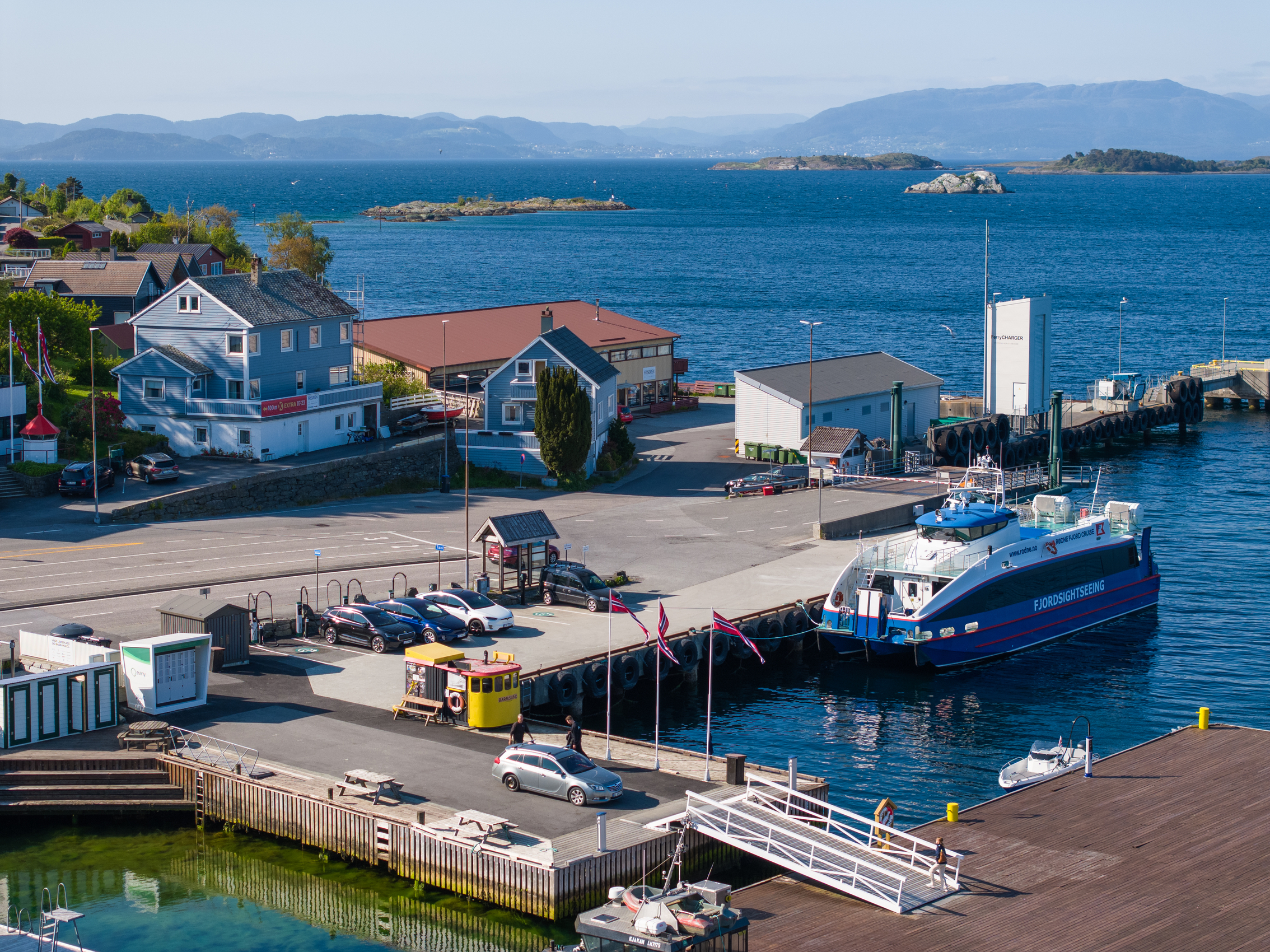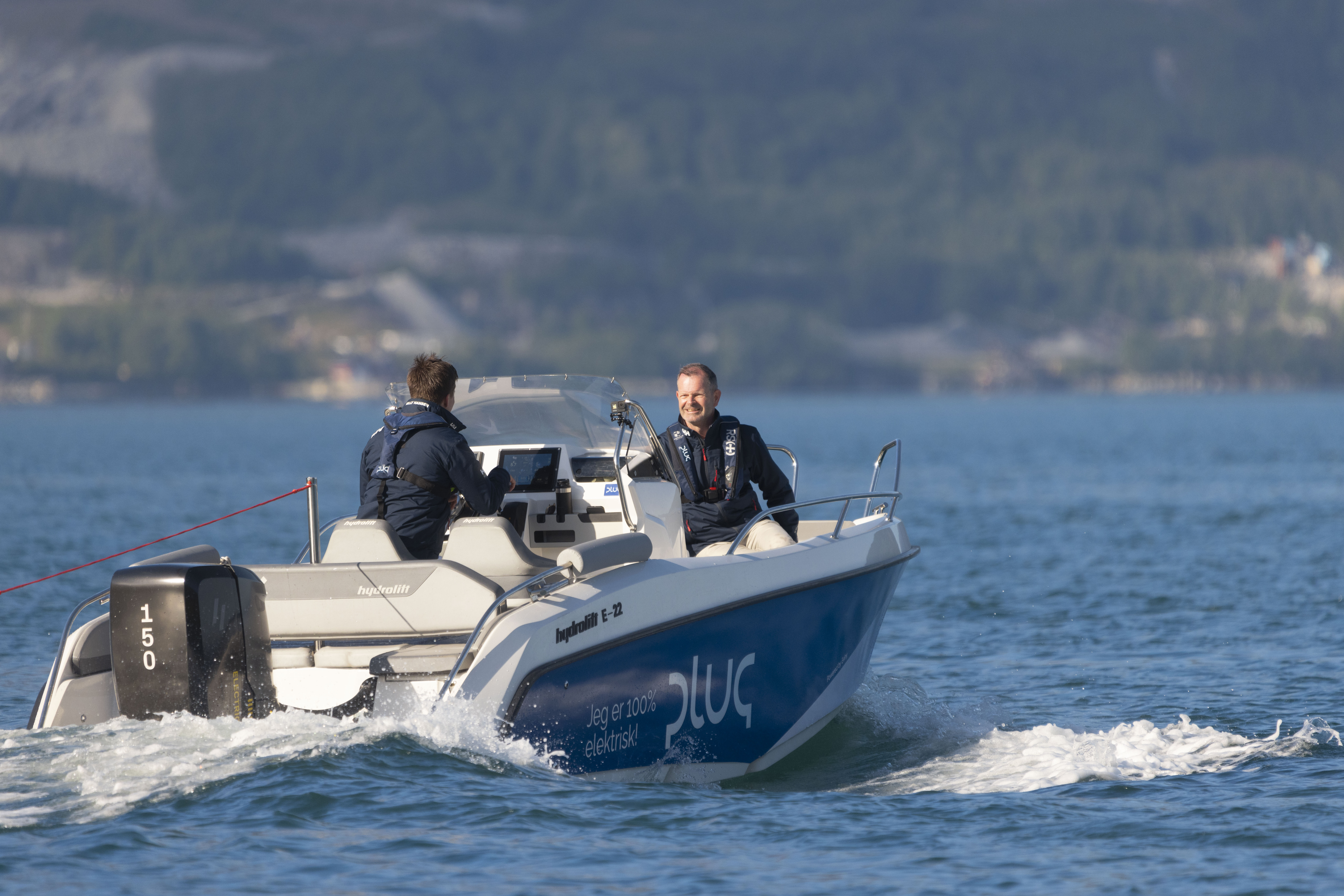
Charging Forward in Maritime Transport: Electrifying Ports, Ships, and Boats
Pressure for maritime sector to take climate action
Electrification is recognized as one of the most effective ways of decarbonizing and reversing climate change. Therefore, it makes sense that international organizations are looking towards the seas to follow the example given by electric vehicles on land.
The International Maritime Organization has issued a directive to cut 50% of emissions by 2050, so boats and ships are the clear targets that need to cut carbon emissions.
In recent years, the main focus has been on electrifying larger ships and ferries, but smaller workboats and leisure vessels are important too for a complete electrification transition in the maritime industry. To help meet market demand for the uptake in electric boats, Kempower has increased its focus on electric marine solutions and delivered one of its first maritime projects.
Challenges of electrifying maritime transport
Although the growth in electric boat adoption is a good thing, currently, there are not enough charging stations to support owners of electric vessels. The lack of charging infrastructure makes operating electric boats even harder since they have a shorter travel range than their fossil fuel-powered counterparts. To overcome these challenges, a comprehensive network is a necessity to ensure a successful electrification transition.
“Charging infrastructure is critical for the adoption of electrical boats. Most of the charging will happen at your home dock with slow charging overnight, but to enable long-distance and high-speed traveling, we need a network of fast chargers to support that. Providers like Plug and Kempower are working to make this a reality,”
comments Kjetil Watnedal, Chief Digital Officer at Evoy.
On a positive note, the maritime industry has a benchmark to look to as the EV industry on land sets a good example of how charging can be successful for the sea as well. For example, some charging solution providers are pushing to set a standard for all marine-capable charging stations to include CCS2 connectors, the fast-charging plug standard in Europe that supports both AC and DC charging.
How an electric motor producer, EV charging provider, and shore power supplier are making e-boat a reality
Like in the EV industry, Norway is the forerunner in electrifying the marine sector. So, it makes sense that Kempower, a company that designs and manufactures DC fast charging solutions for electric vehicles, chose Norway to deliver its first e-boat charging solutions. Kempower’s journey to electrifying marine transport starts with two local Norwegian companies, Plug and Evoy. Plug develops, builds, and operates facilities that supply ships with shore power, while Evoy creates sustainable electric motor systems to accelerate the shift to emission-free electric boating.
Plug has started to build a network for boat charging with Kempower’s DC fast charging solutions. Plug’s selected seaside charging locations in Norway feature Kempower Satellites and Kempower Power Units, which are supported by the cloud and data management solution Kempower ChargEye.
The first installation in the town of Florø, in the municipality of Kinn, has two Kempower Satellites, one serving cars and the other boats. To be able to serve even better its end-users, the charging speed was recently upgraded from 150 kW of power to 200 kW.
The town of Rosendal, in the Tysnes municipality, has two Kempower Satellites installed on a floating dock at the town’s main pier. This station can deliver a total of 400 kW of charging power or 200 kW per Kempower Satellite.
The town of Våge, also in the Tysnes municipality, recently installed its first fast chargers, taking advantage of the multimodality of Kempower chargers. With Kempower’s flexible system, four of the chargers are available for EV charging in the parking lot, and two are available for boat charging on a floating dock. This station in Våge can be considered the world’s most powerful, publicly available charging site for the combination of cars and boats. The charging site has a total power capacity of 600 kW and each of the boat charging outlets can deliver up to 220 kW of charging power.
The benefits of Kempower’s marine vessel charging system
With the small footprint of the Kempower Satellite chargers, Kempower’s electric boat charging system is ideal for floating pontoon piers and docks. The Våge charging station in Norway has multiple advantages with its dynamic functionality. At this charging hub, power can be distributed between both electric cars and electric vessels. This increases the return on investment for Plug, which is supplying the power for these chargers.
“For Plug, it was important, to choose a partner that could deliver systems, technology, and support. We need to have suppliers that have good technical equipment and good support lines. We have seen that not many providers have this satellite principle, where we have a centralized power unit and can have dynamic power sharing between the satellites. This is something unique that Kempower has, and it fits very well for marine use,”
says Bjørn Hønsi Følling, Head of Maritime Charging at Plug.
Additionally, the Kempower charging system is ideal because it is practical to scale up the number of chargers to the charging station as the number of electric vessels on the water increases.
Harsh environments are to be expected at marinas and boat harbours, so charging solutions must be able to withstand these challenging conditions. Kempower’s technology features a galvanically-isolated DC supply which helps to prevent corrosion failures. The company’s durable chargers also contain more protection than required by industry standards. Environmental proofing protects more than just the casing that houses the chargers, it also protects the electronics inside. The layout of the charger is designed so that it repels elements such as dust and condensation.
“We have some challenges with the different and harsh weather conditions in Norway, especially in the winter. The Kempower Satellites, which are close to waterproof, can be installed very near where the charging is needed, on a floating dock,” comments Bjørn Hønsi Følling from Plug.
Next steps for growth in the marine sector
Kempower, Plug, and Evoy have identified areas for further charging stations in Norway, with plans to expand to different countries.
“Electric leisure vessels and boats are already a reality. At Kempower, we want to play our part in driving the electric marine and boating industry forward by offering the most versatile and user-friendly charging solutions on the market,” says Jesse Makkonen, Segment Owner, Marine and Ports at Kempower.
“With the world struggling with climate change and an increased focus on sustainability, this will drive the move toward greener solutions, also in the marine environment,” states Kjetil Watnedal from Evoy.
“For some years ago, some people were laughing at electric boats. Today, they admit that this is the future, and this is something they want. This is also the motivation for Plug. We want to step up and build a charging network, publicly available in Norway, in Northern Europe, and in the rest of the world,” Bjørn Hønsi Følling from Plug, concludes.
